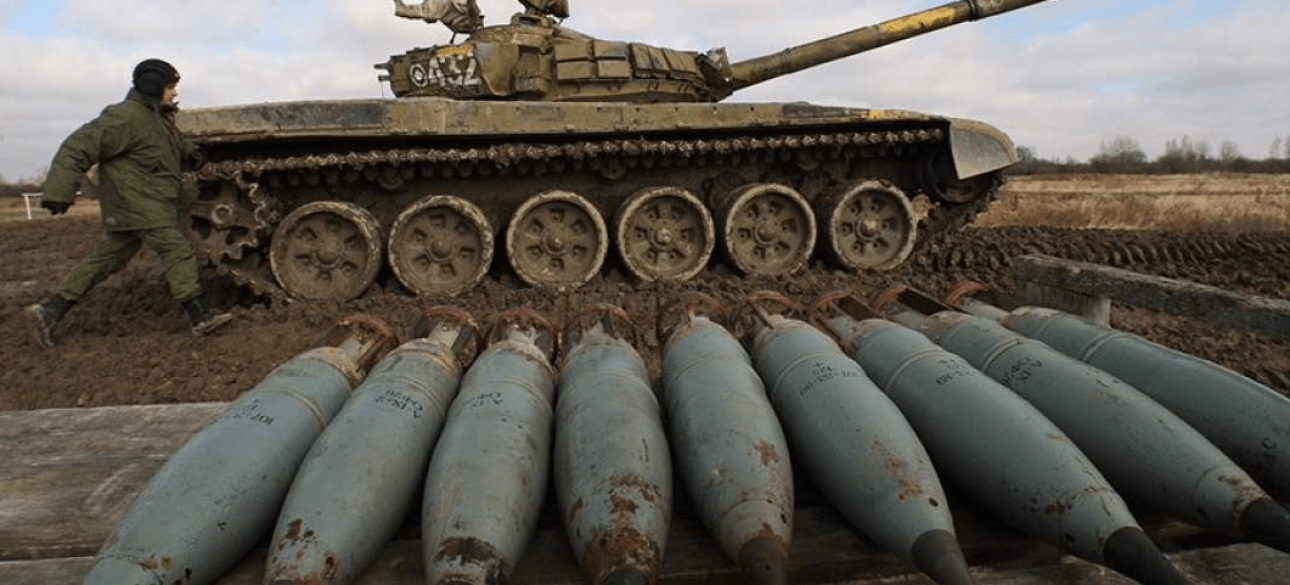
 By Victor Duda
By Victor Duda
In August 2023, the long -awaited counter -offensive of Ukraine began, but the Russian troops were ready and waited for dense minefields, armed with anti -tank guided missiles (PTKR), ammunition for enclosures and supported by large groups of artillery and combat helicopters. Such a defensive position was too deadly for Ukrainian brigades, and the counter -offensive could not provide significant territorial successes, although it led to a temporary stop of the Russian offensive.
Despite the numerous drawbacks, the Russian lines kept. Among the many problems is the lack of artillery ammunition after the Russians shot millions of shells themselves, and Ukraine has destroyed thousands of another long -distance. As a result, ammunition and guns had to concentrate on priority areas, leaving other areas of the front without resources. Russia's defensive industry tried to satisfy this need, but at that stage of the war it could not do anything quickly.
The answer to this dilemma soon became obvious. In July 2023, President Putin met Kim Jong -in, and the satellite images analyzed by Rusi in mid -August showed the beginning of regular supplies. At the same time, the 719th artillery ammunition composition, located near Tikhoretsk, has undergone a significant expansion: new premises for storing a large number of ammunition were built.
This was the final point for millions of ammunition of North Korean artillery that helped keep Russian troops in the war. Until the end of the offensive of Ukraine in November 2023, these new premises were already filled, and the war entered a new phase. Since then, both sides have encountered a projectile famine that significantly changed the course of war.
Russia quickly devastated some of its pre -war reserves and was eventually forced to change the way of using artillery, focusing on managed and hinged ammunition. However, Russian units have depended on the supply of North Korean ammunition, which can be up to 40% of 14 million shells, released since August 2023.
It is obvious that without North Korean support, the Russian projectile famine would be much more acute, which means that the illegal activity of North Korea could extend the war or even prevent Ukraine from achieving more success. The OSC analysis used modeling and satellite images to estimate the number of shells of 122 mm and 152 mm, which could carry Russian tankers for one flight. Observers have been able to calculate and track 64 flights of four vessels since September 2023.
At least 15,800 standard marine containers have been delivered during these flights. Comparing the size of Russian boxes with the internal size of ISO containers, OSC reached the numbers from 4. 2 to 5. 8 million ammunition, including 122 mm and 152 mm artillery shells and 122 mm missiles.
If you accept on October 4, 2023 at the date of start of supply and April 18, 2025 at the end of the OSC analysis, North Korea could put enough ammunition for Russian units so that they could produce 7,400 shots a day. This incomplete estimate shows that North Korea put from 29% to 40% (at the rate of 4. 2 and 5. 8 million shells, respectively), from the total number of shells produced by Russia from the start of supply in 2023.
These figures do not take into account the strikes of Ukraine in the Russian arsenals in September 2024, which destroyed a large number of North Korean ammunition, which led to a temporary decrease in the number of shells. For example, as a result of a blow to Tikhoretsk, a train was destroyed that transported about 2,000 tons of ammunition, which can be 24,000 152 mm shells.
It is impossible to find out how many shells were destroyed by Ukrainians, but they are unlikely to change the overall picture, given the scale of supply. If North Korea did not supply ammunition at all, and the total expense decreased by 5. 8 million shells, then the average daily consumption of Russia would have decreased to 13 493 a day from the current 22 729. Shelling at such a speed, probably, made many offensive operations of Russia in 2024 much more complex and more expensive.
It could also limit the scale of offensive operations that Russia could do. In fact, the pace of supply indicates that they were confined to supporting major Russian offensive operations. The OSC analysis shows that from the moment of supply in September 2023, Russian ships have on average three supply per month. However, in October, November and December, 18 supplies were made, with seven supplies only in October coincided with the beginning of a large -scale offensive to capture Avdiivka.
Another 13 supply from January to March 2024 apparently contributed to the offensive of Russia at the time of Yar, as well as the restoration of actions on the Kharkiv Front. The continuation of supplies probably contributed to the accumulation of stocks for preparation for summer battles near Toretsk, Pokrovsk and counteracting the offensive of Ukraine on Kursk.
In February 2025, four supplies were recorded because Russia was preparing for the spring offensive, which he recently announced the General Staff of Ukraine. It was the largest number of monthly trips observed from the same month of 2024. It is difficult to fully evaluate the impact of supplies of ammunition in North Korea to Russia.
At the strategic level, it is obvious that the country-country has made a significant contribution to Russia's overall costs for ammunition, which probably helped to continue to fight and support its success. Supply terms also indicate that they have become a key factor contributing to Russia's offensive operations. Impact at the tactical level also led to important results for war.
The losses of Ukrainians have increased more than twice, when the number of artillery shells they could shoot also decreased twice, the senior officer of the Ukrainian General Staff also informed Reuters in July 2024. Since then, human resources have become a critical place for Ukraine because it has been trying to keep positions and protect itself from the numerous Russian army. When Russia combined the overwhelming fire with the higher ratio of troops, Ukrainians were often defeated.
This combination contributed to the fall of Avdiivka in February 2024; During the battle for Avdiivka, Russia produced nine artillery shells for each projectile that Ukrainians could answer, and constantly exceeded them in terms of personnel. According to Avdiivka, the admiration of Russia Krasnogorivka and reed, as well as the expansion of Russian offensive operations on the Kharkiv front in May, which further depleted the limited strength and ammunition of Ukraine.
Until October 2024, Russian troops seized the city of Vuledar, submitting it to the most intensive bombing that the 72nd Brigade of Ukraine has ever been withstanding. Pyongyang supplies have become so critical that some Russian units only shoot North Korean ammunition. Ukraine's problems are exacerbated by the fact that Russia can produce more and more shells to support offensive operations in conditions of higher losses, resulting in Ukraine by the end of 2024.
In the future, judging from available data, both Russian and North Korean plants are working to produce more shells than ever, new production lines are being created at the same time, and the old plants are working at maximum capacity. It is likely that some emphasis is placed on replenishing inventories, but it is logical that many ammunition produced by two states will be used in Ukraine. In general, North Korean ammunition support Russia in the war and may help to change its trajectory.


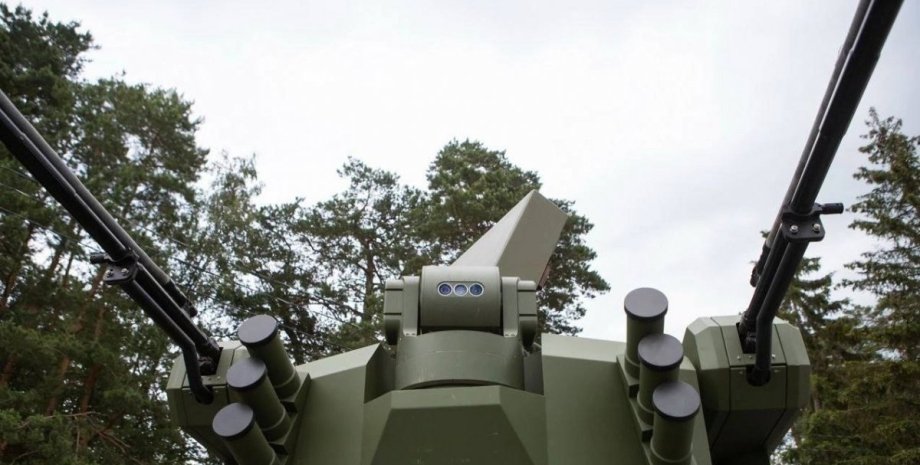
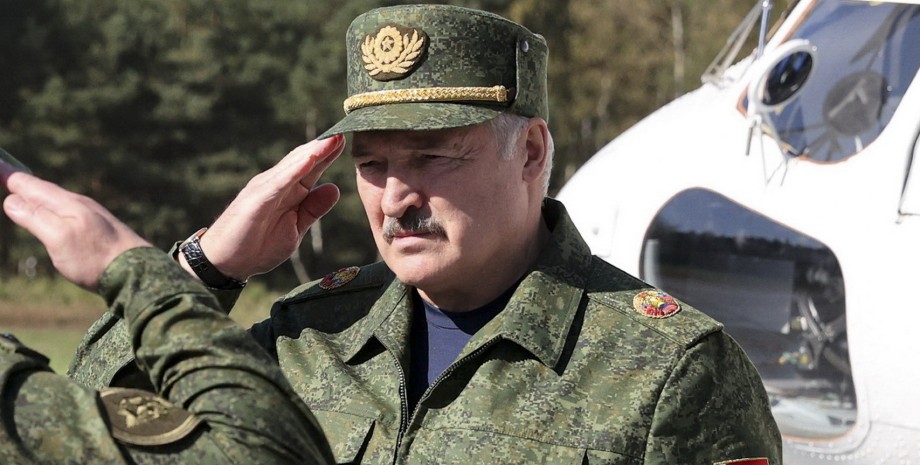
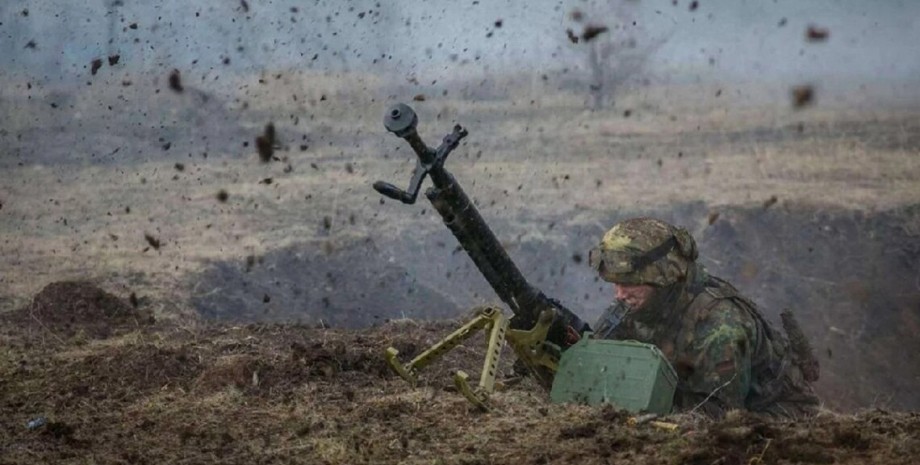

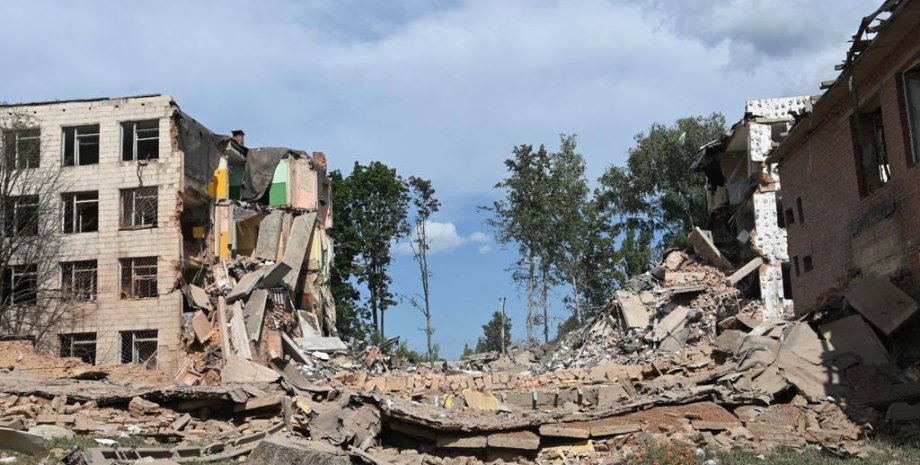


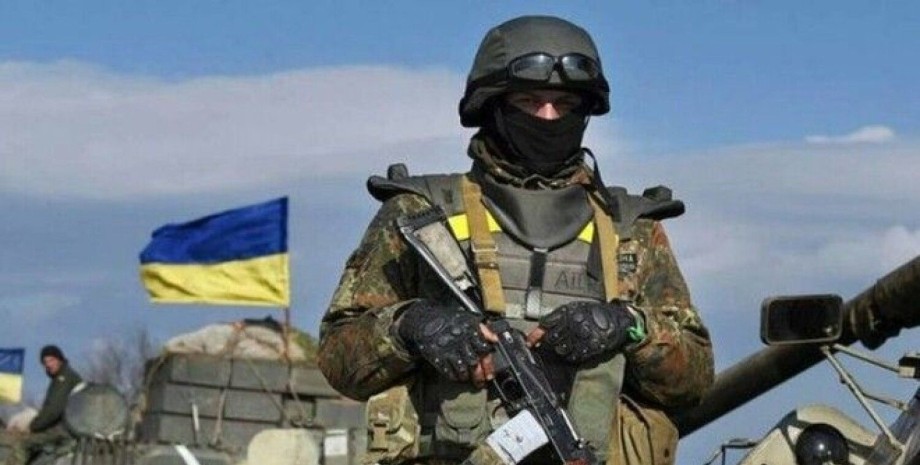
All rights reserved IN-Ukraine.info - 2022